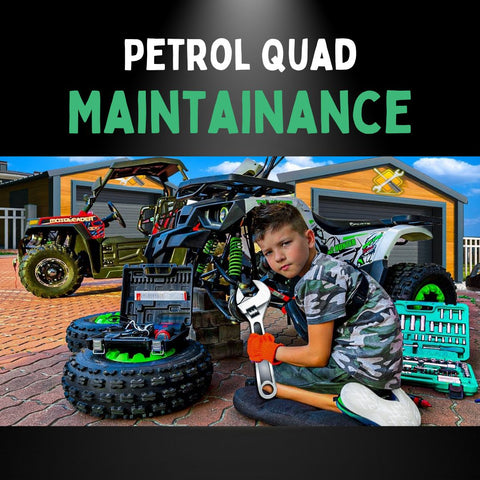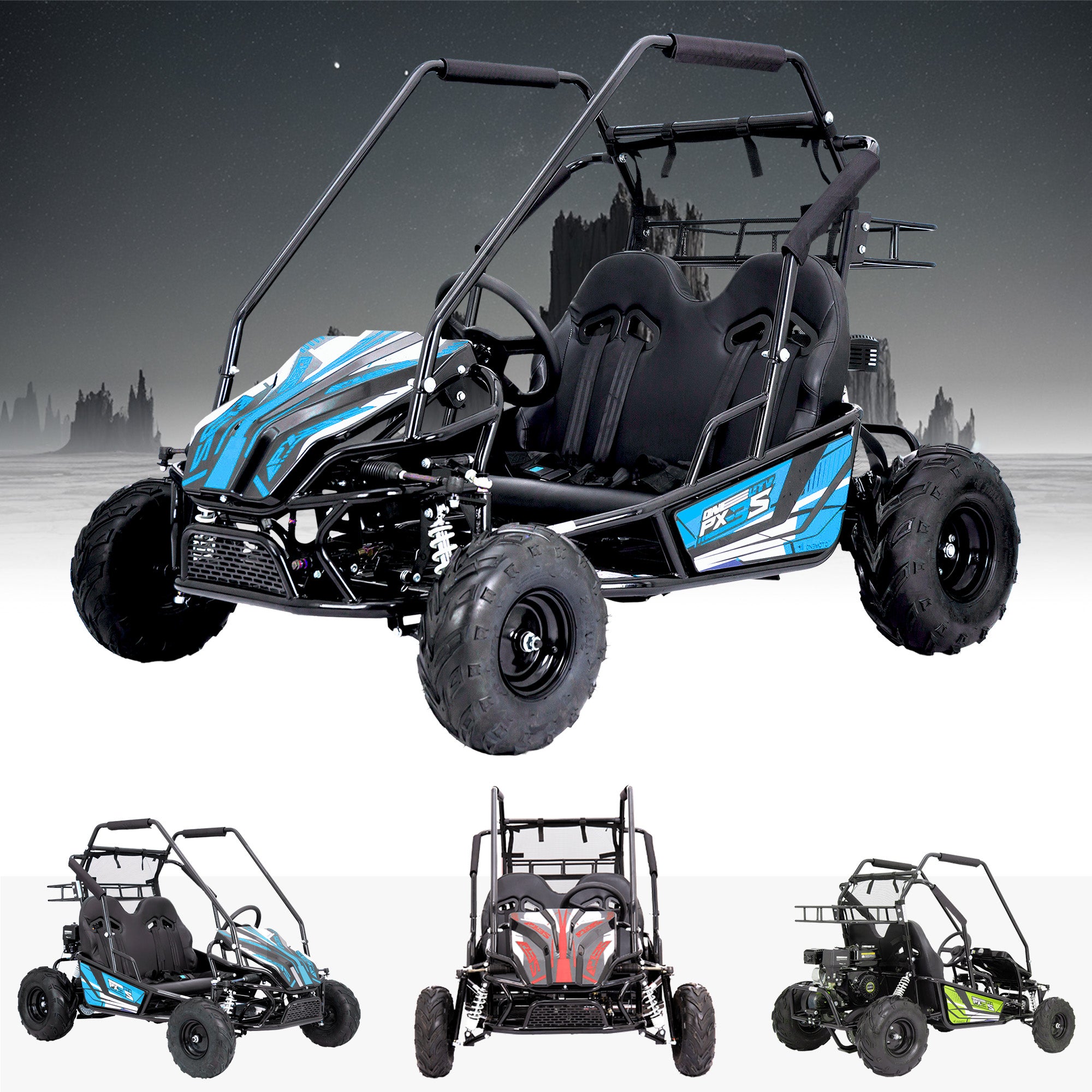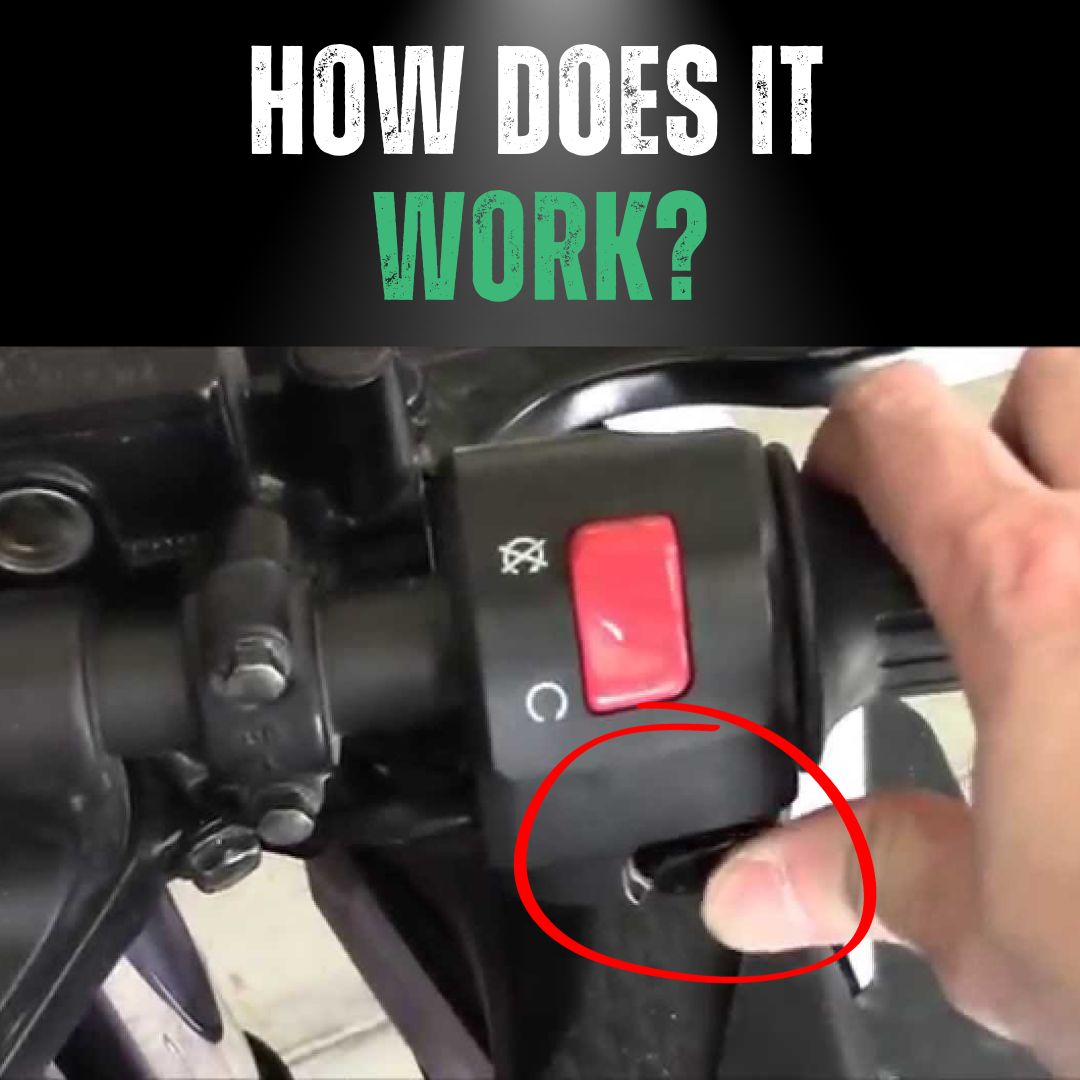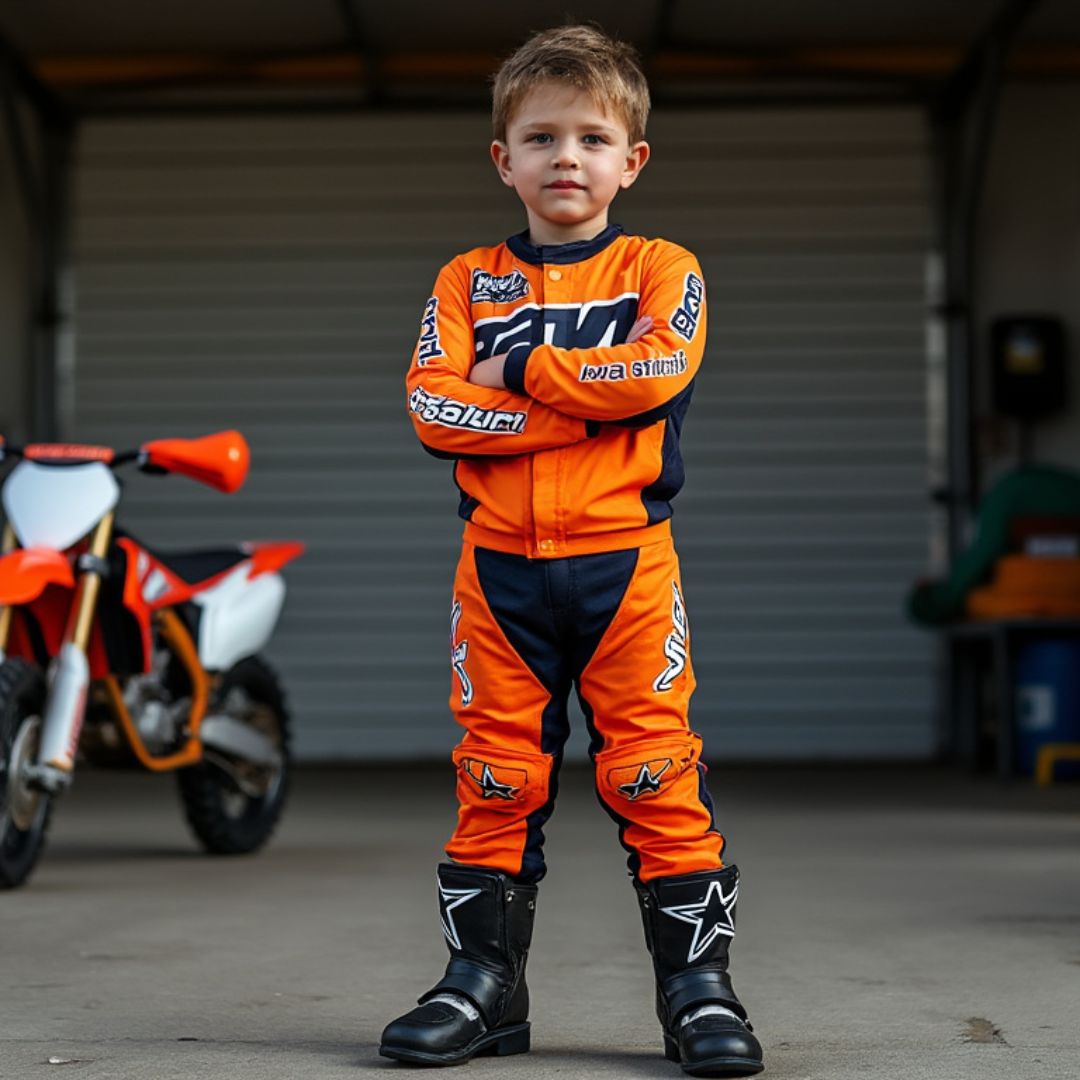When it comes to the thrill of petrol ride-on toys for our little adventurers, safety isn't just another box to tick—it's everything.
These toys are super fun, but they come with their share of risks.
So, let's talk about the key safety features you should look for to ensure a joyride remains just that—pure joy.
Compliance with Safety Standards
First things first, before we dive into specific features, let's talk about compliance.
It's crucial that any ride-on toy you're considering meets recognised safety standards and regulations.
These certifications mean the toy has passed essential safety tests.
Always check for labels or documentation proving compliance—think of it as the toy's safety resume!
Impact-Resistant Construction
Now, onto the build of these toys. The materials used need to be tough—really tough.
Impact-resistant construction helps protect your child in case of bumps or crashes.
Look for toys made from high-quality, durable materials that can take a hit and keep on cruising.
Specific Materials to Look For
When it comes to materials that stand the test of bumps and crashes, not all are created equal.
Look for ride-on toys constructed with:
- Polycarbonate Plastics: Known for their high impact-resistance and durability.
- Reinforced Steel Frames: These provide a robust structure that can withstand more than just the typical wear and tear.
- High-Density Polyethylene (HDPE): This material is not only impact-resistant but also lightweight, which helps in the safe handling of the toy by children. These materials ensure that the toy can absorb impacts without breaking, thereby protecting your child during rough play.
Maintenance and Inspection Tips
Just like any vehicle, petrol ride-on toys require regular maintenance.
Check the integrity of the seat belts, the functionality of the speed limiter, and the firmness of the roll bars.
Regular checks ensure everything works as it should, keeping the ride safe every time the engine roars to life.
Seat Belts and Harnesses
Speaking of seat belts, let's buckle up. A robust seat belt or harness system is essential to keep your little one securely in place, reducing the risk of injury if things go sideways—or any direction, for that matter.
Adjustable straps are a plus, allowing the belt to fit snugly as your child grows.
Speed Limiters
Speed is fun, but control is key. Speed limiters are a must to keep the ride safe and manageable.
These devices cap the maximum speed, preventing those tempting high-speed chases around the backyard or park.
Emergency Stop Function
An emergency stop function, or a kill switch, is another critical feature.
This allows you to immediately stop the toy if you spot a potential hazard.
It's like having a big red button that pauses potential problems, giving you peace of mind.
Adjustable Seats and Controls
Comfort isn't just about luxury; it's about safety too.
Adjustable seats and controls ensure that your child isn't straining to reach the pedals or handlebars, which can prevent accidents caused by overreaching.
How to Adjust for Optimal Safety
Proper adjustment of the ride-on toy is key to safety.
Here’s how to ensure optimal settings:
- Check Seat Position: The child’s feet should comfortably reach the pedals without stretching. Adjust the seat forward or back as necessary.
- Handlebar Height: Adjust the handlebars so the child can steer without hunching forward or leaning back.
- Test Before Play: Always do a quick test to ensure adjustments are secure before letting your child ride.
Safety Flags and Visibility Enhancements
Visibility is absolutely vital, not just in busy areas but anywhere your child is zipping around.
Safety flags and visibility enhancements such as reflective strips and bright colors significantly increase the ride-on toy's visibility.
Safety flags typically extend above the toy, making it easier to spot from a distance.
Reflective strips catch the light, shining brightly in lower visibility conditions such as dusk or when near shaded areas.
Opting for toys painted in bright colors also helps in making them more noticeable during the day.
These features collectively help in making the ride-on toy stand out, thus reducing the risk of collisions with pedestrians, cyclists, or other vehicles.
It’s an easy upgrade that can have a major impact on safety, ensuring that playtime remains fun without unnecessary risks.
Roll Bars and Protective Structures
Roll bars and other protective structures are crucial safety features, especially for the more tumble-prone adventures.
Just like the roll cages in stunt cars, these features in ride-on toys serve to protect your child in case of rollovers or other accidents where the toy might end up tipping.
Roll bars are designed to maintain space around the occupant area during a rollover, preventing the structure from collapsing onto the child.
These protective structures are typically made from robust materials capable of withstanding heavy impact and absorbing the energy from such events, thereby reducing the risk of injury.
They are ingeniously integrated into the design of the toy, often adding an element of style while enhancing safety.
So, while they make the toy look perhaps "cuter" or more rugged, their functionality is paramount in safeguarding your child during more dynamic play scenarios.
Easy-to-Reach Controls and Ignition
Easy-to-reach controls help your child operate the toy safely and confidently.
If they can easily start, stop, and steer their ride, they're less likely to get into tricky situations that cause accidents.
Common Issues and Troubleshooting
Sometimes, controls and ignition systems may face common issues.
Here’s how to troubleshoot them:
- Sticking Controls: If controls stick or are hard to operate, check for obstructions or misalignments and lubricate if necessary.
- Ignition Troubles: Should the ignition not respond, ensure that all safety switches (like those for seat belts and kill switches) are activated.
- Regular Maintenance: Regularly check wires and connections for wear and replace them as needed to prevent control failures.
Training and Supervision Recommendations
Ensuring your child knows how to operate their petrol ride-on toy safely is just as important as the toy’s built-in safety features.
Here are some recommendations:
- Start with the Basics: Before letting your child ride, go over the basics of operating the toy, such as starting, stopping, and what to do in an emergency.
- Supervised Sessions: Initially, keep all ride sessions supervised until you’re confident in your child’s ability to handle the toy safely.
- Safety Drills: Practice safety drills, like stopping quickly or maneuvering away from obstacles, to ensure your child reacts appropriately in different situations.
Conclusion
Alright, that's a wrap on the safety checklist for petrol ride-on toys!
Remember, choosing a toy with these features isn't just about following rules—it's about making sure playtime stays safe and fun.
Always prioritise these features when shopping, and take the time to teach your kids about safe riding practices.
FAQs
What age is appropriate for children to start using petrol ride-on toys?
Petrol ride-on toys are best suited for children who are at least 3 years old. This age recommendation is based on the child's ability to understand basic instructions and control the toy under supervision. It's crucial to assess whether your child is ready based on their coordination, attention to safety instructions, and maturity level.
How can I tell if a petrol ride-on toy is too advanced for my child?
Evaluate the complexity of the toy's controls, the power of the engine, and the speed it can reach. Toys that require complex operational skills or that are capable of high speeds might be better suited for older or more experienced children. Start with simpler models that offer basic features and lower speeds to ensure your child's comfort and safety.
Are there specific safety accessories recommended for children using petrol ride-on toys?
Yes, in addition to the built-in safety features of the ride-on toys, it is highly recommended that children wear protective gear while riding. This includes a properly fitting helmet, knee and elbow pads, and sturdy shoes. These accessories help protect your child from injuries in case of falls or collisions and are essential for safe riding practice.
Get in Touch 🚀
Loved our article on “Here's the Safety Features Every Petrol Ride-On Toy Should Have” Got the itch to dive into more wheely-awesome info?
Whether you're a parent or a grandparent, we're here for all your kids ride-on toy questions! 🚗💨
Feeling click-happy?
Jump straight into our wonderland at RiiRoo.com.
Or, if you're more the chatty type, give our Live Chat a whirl and let's talk toys!











Share:
The Future of Kid's Petrol Ride-Ons: Trends and Innovations
Seasonal Care Advice For Kids Petrol Ride-On Toys